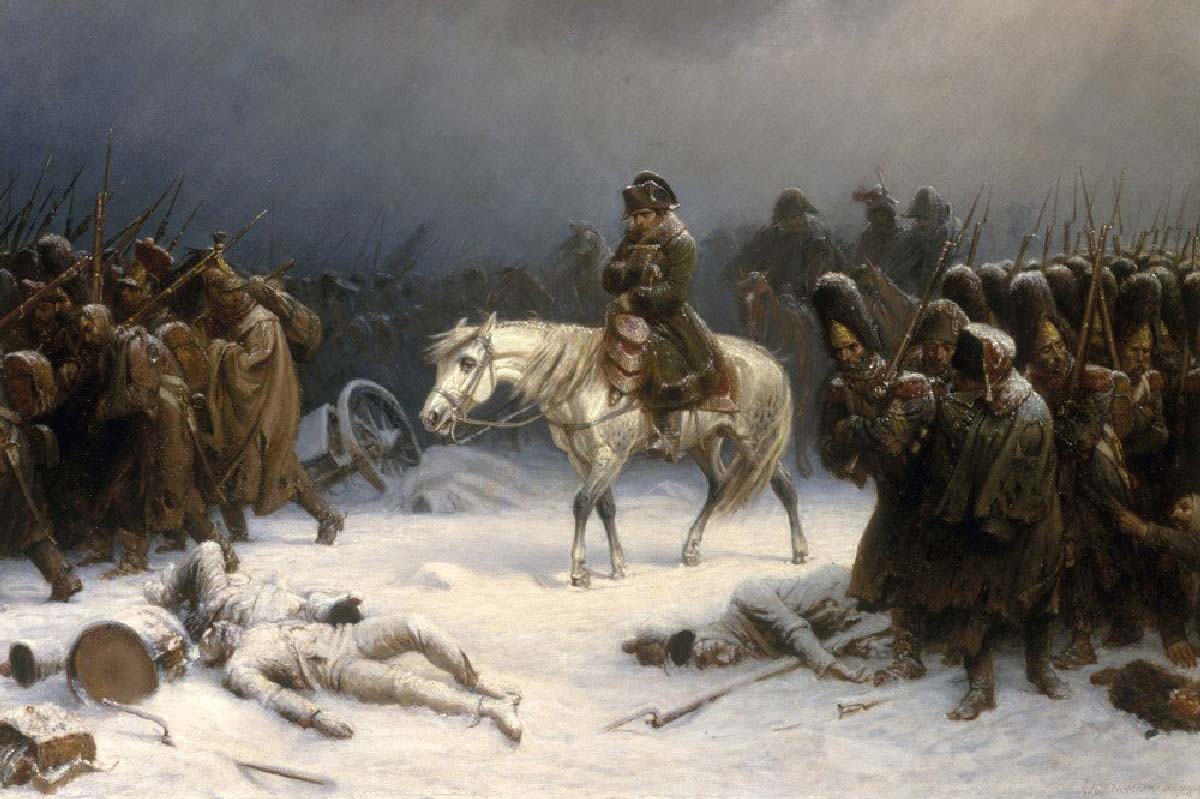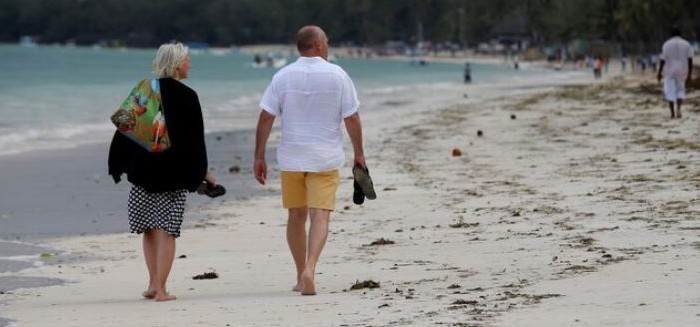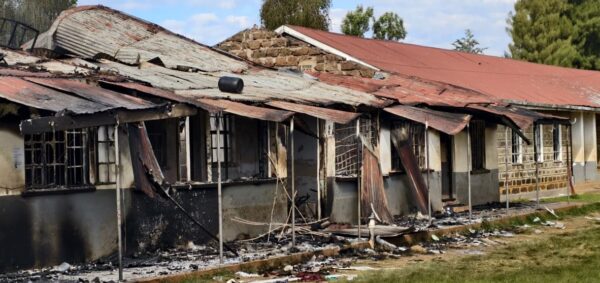DNA identifies two bacterial killers that brought down Napoleon’s army

While history has long credited Russia’s harsh winter and fierce resistance for decimating Napoleon’s forces, new evidence suggests the French emperor’s downfall was also driven by invisible enemies: bacteria.
A new genetic study has provided insight into one of history’s greatest military catastrophes — the disastrous retreat of Napoleon Bonaparte’s army from Russia in 1812.
While history has long credited Russia’s harsh winter and fierce resistance for decimating Napoleon’s forces, new evidence suggests the French emperor’s downfall was also driven by invisible enemies: bacteria.
More To Read
- Your phone is covered in germs: Tech expert explains how to clean it without doing damage
- What your mouth is telling you: Saliva’s hidden clues to your health
- Why your kitchen sponge could be dirtier than your toilet seat
- Ancient DNA reveals Maghreb communities preserved their culture and genes, even in time of human migration
Researchers from the Institut Pasteur in France analysed DNA extracted from the teeth of 13 soldiers who perished during the retreat near Vilnius, Lithuania. Their findings, published in Current Biology, revealed the presence of two previously undetected pathogens that ravaged the French troops — Salmonella enterica Paratyphi C, which causes paratyphoid fever, and Borrelia recurrentis, responsible for relapsing fever.
“People have long believed that typhus was the main disease affecting Napoleon’s army,” explained Dr Nicolás Rascovan, who led the study. “But our research shows that other infections, such as paratyphoid and relapsing fever, also played a critical role.”
Using advanced shotgun DNA sequencing, the scientists were able to identify these bacterial killers — diseases that thrive in unsanitary and overcrowded conditions. Historical accounts from 1812 describing widespread fever and diarrhoea among soldiers now align closely with the newly identified pathogens.
The researchers believe that exhaustion, extreme cold, and multiple infections combined to create a deadly scenario. “While not necessarily fatal, relapsing fever could have severely weakened already malnourished and fatigued soldiers,” the study noted.
Previous research in 2006 had detected traces of typhus and trench fever in a few soldiers, but the new analysis, aided by improved technology, paints a broader picture of the devastating health crisis that struck Napoleon’s Grande Armée.
“In finding four different pathogens across a relatively small sample, we see how widespread infectious diseases were among the troops,” said Dr Rascovan.
By the time the French forces retreated from Russia, an estimated 300,000 men had died — victims not only of battle and frostbite but also of microscopic foes. More than two centuries later, science has confirmed what Napoleon could not have known: no army, however mighty, can conquer disease.
Top Stories Today
















































